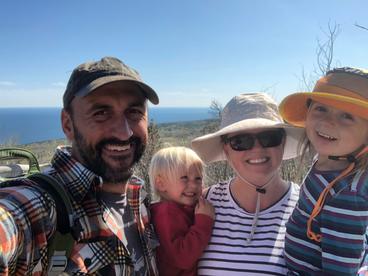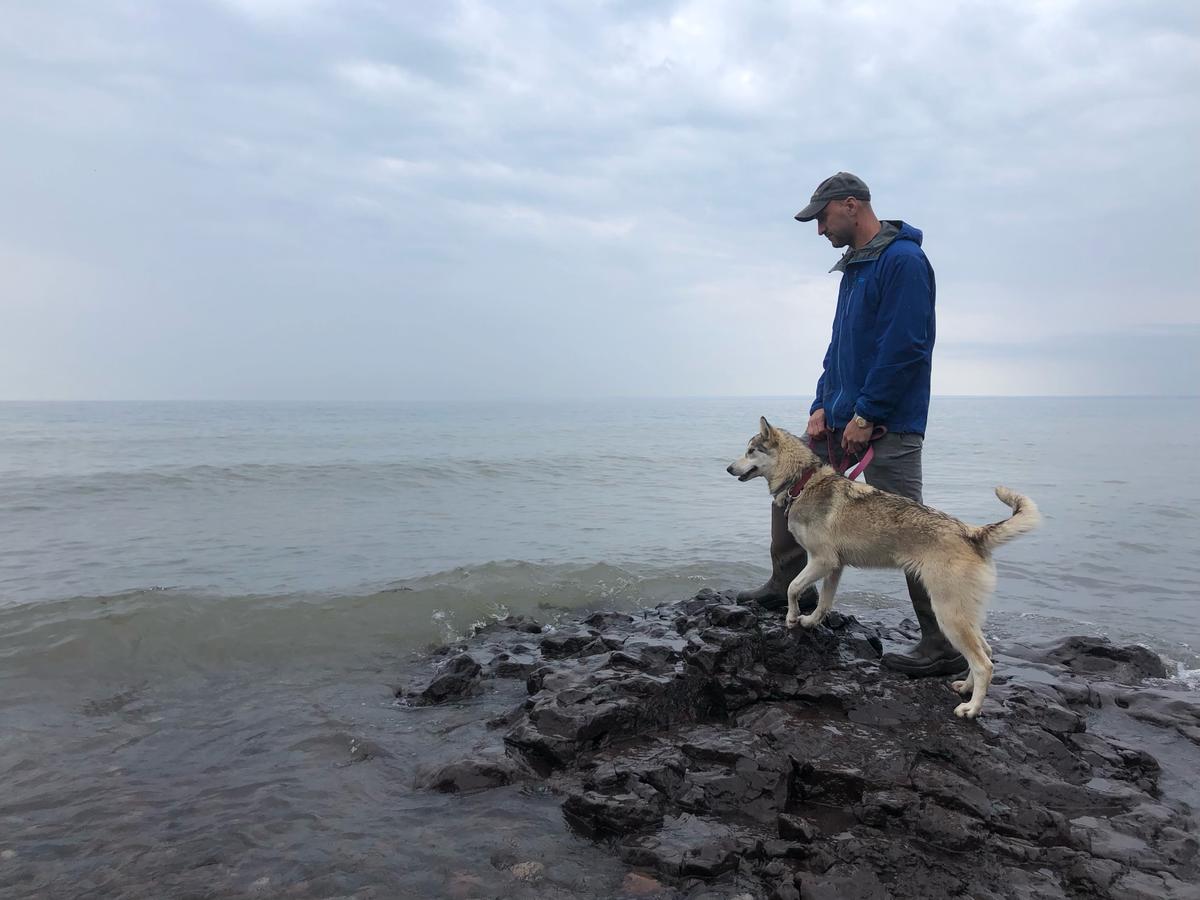If you’re a fan of water and oxygen, you’re a fan of diatoms. But it’s likely you’ve never seen, nor heard of them.
And yet diatoms – tiny aquatic algae – are responsible for providing 20 percent of the oxygen in the atmosphere and are integral to many aquatic food webs. These photosynthetic micro-organisms have great species diversity and tell scientists a lot about water quality and changes to aquatic ecosystems.
And that’s why David Burge, NRRI aquatic ecologist, is hooked on diatoms. He had his first microscopic encounter with them in a diatom identification course at the Iowa Lakeside Laboratory Field Station in 2011 while studying for his Master of Science degree in Environmental Science. After that class he switched his focus from plant taxonomy and never looked back.
“I knew then I wanted to work with diatoms for the rest of my life,” said Burge. “I had realized my childhood dream of exploring undiscovered frontiers while being able to help manage and protect our freshwater resources.”
Mission Driven
Burge came to NRRI in July 2021, from a position at the Science Museum of Minnesota’s St. Croix Watershed Research Station. He completed his doctoral degree in neo-/paleo-limnology at the University of Minnesota that same year. His skills were needed for NRRI’s ongoing Great Lakes Biology Monitoring Program, funded through the Environmental Protection Agency. The program, ongoing since 1983, assesses the health and trends in water quality for all the Great Lakes.
“This work lines up perfectly with NRRI’s mission by protecting one of our greatest natural resources – water,” Burge said. “Representing 20 percent of the Earth’s freshwater, our Great Lakes are important economic hubs as conduits of transportation, recreation, fisheries and drinking water.”
Scientists estimate there could be as many as two million species of diatoms, and new species are discovered every year. Burge and others on the team identify diatoms based on the ornamentation on their glass cell walls. After making careful observations using light microscopy and scanning electron microscopy, they often turn to old scientific literature dating back to the mid-1800s.
“Herein lies one of the challenges I find interesting,” he said. “Interpreting historic scientific observations – often recorded in other languages – and by tracking the taxonomic changes through time, we can determine if species we have encountered are new to science or not.”
It’s exploration of a different kind than his childhood dreams of space exploration. And as proof, he has made a large number of contributions to the Diatoms of North America website (diatoms.org) and has described a new diatom species from wetland cypress trees in Arkansas, mountain streams of Colorado, and a lagoon in the Apostle Islands National Lakeshore, Wisconsin.

After Hours
But exploration doesn’t stop there for Burge and his family. In addition to continued research at the Science Museum of Minnesota, David and his wife enjoy exploring Minnesota with their two children and 18 huskies.
From cooling off in Lake Superior during the summer to dog sledding up the north shore for the John Beargrease Memorial Sled Dog Marathon, there is no shortage of ways for this family to enjoy northern Minnesota in all seasons.
If that wasn’t enough, upon buying their northland home the family also acquired a 20-acre Christmas Tree farm.
“It was definitely not what we were looking for,” David added with a laugh. “It takes a lot of time, but it has been great way to meet the local community as well as maintain a rich songbird and wildflower habitat.”
